I'm a Native New Yorker, and These Are the State's Best Hidden Gems Beyond NYC
New York’s best-kept secrets outside the Big Apple, from lesser-known museums to the world’s longest elevated pedestrian bridge.
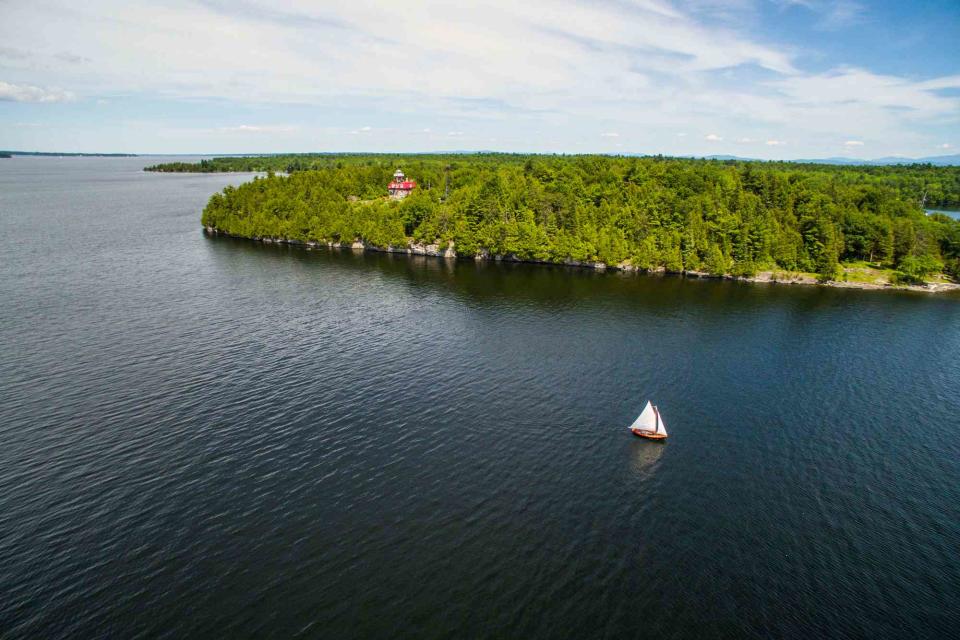
Bruce Carlin
More than 291.5 million visitors poured into New York state in 2022, many heading north of the Big Apple to check out all that upstate has to offer. As a native, born and raised in western New York, I confess I’m sometimes over confident in my knowledge of where everyone is traveling. I can rattle off a long list of popular and worthwhile destinations around the state: Letchworth State Park, Lake George, Skaneateles, Niagara Falls (of course), and many more.
There are times, however, when I’m asked about lesser-known destinations or attractions that may not be on the lists of most visitors. That’s when I pull out my (not-so) secret list of hidden gems in the Empire State.
Here are 11 under-the-radar places worth checking out, from a historical Indigenous site in the rolling hills of the Finger Lakes to a Jewish refugee museum along the shores of Lake Ontario.
Sam’s Point Preserve and the Ellenville Ice Caves
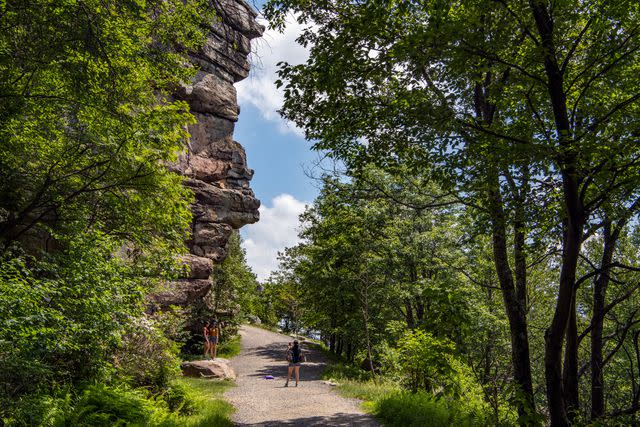
YSDED-Photo by Darren McGee.
Neighboring the Catskills, Sam’s Point is the highest summit in the Shawangunk Mountains — casually referred to as “the Gunks.” This nature area is set within Minnewaska State Park Preserve, a popular destination for locals to hike, rock climb, and soak up the scenic panoramic views from Indian Rock.
If you visit, don’t miss the chance to explore the park’s Ellenville Fault Ice Caves, a series of pathways and glaciated caves carved out by the movement of the Earth’s core. These ancient dwellings hold cultural significance, as they were once utilized as gathering places and shelters for Native American communities. Also worth checking out is the 187-foot Verkeerder Kill Falls, which can be viewed from the trails (though the falls itself is on private land).
Buffalo’s West Side Bazaar
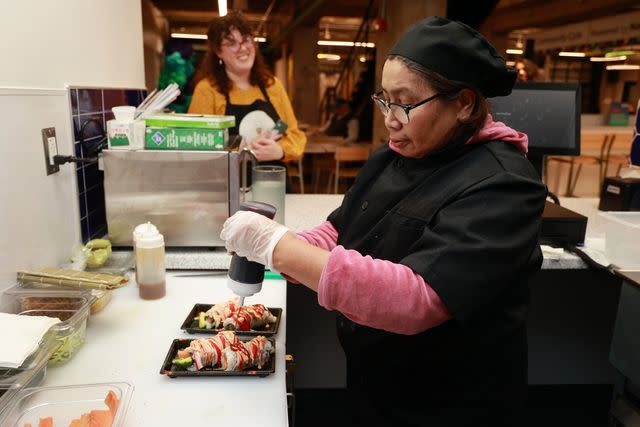
Sharon Cantillon/Visit Buffalo Niagara
Patronizing vendors at Buffalo’s West Side Bazaar can actually change lives. This international culinary and retail marketplace is comprised of stalls owned by immigrants and refugees who were granted a microloan by Buffalo’s Westminster Economic Development Initiative (WEDI). For many, it was the first step to a new life.
WEDI, a nonprofit business incubator, not only grants microloans to these budding entrepreneurs, but it also provides educational programs to help ensure their success. The Bazaar’s newest location opened in 2023 on Niagara Street and includes an African grocery store and dining stalls serving up Egyptian, Vietnamese, Malaysian, Korean, and Congolese cuisine, and more.
Safe Haven Holocaust Refugee Shelter Museum
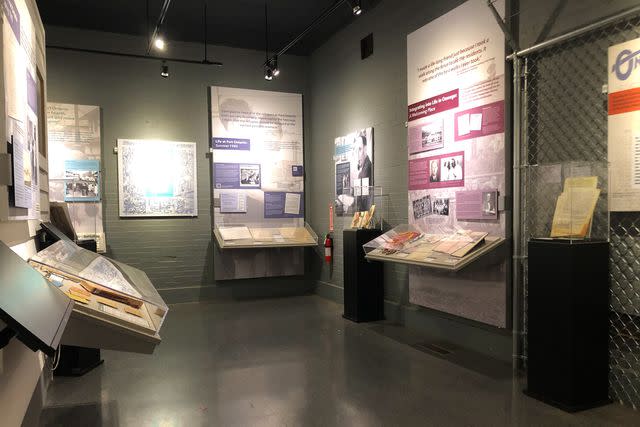
Courtesy of Safe Haven Holocaust Refugee Shelter Museum
Opened in 2002, this small but important museum shares the resilient stories of 982 refugees — mostly Jewish — who arrived in the country as part of the United States’ Safe Haven program during World War II. Most of these refugees — many of whom had escaped Nazi concentration camps — were housed at Fort Ontario in Oswego. The exhibits here provide poignant insight on their journey and experiences escaping persecution in Europe.
Genesee Country Village & Museum
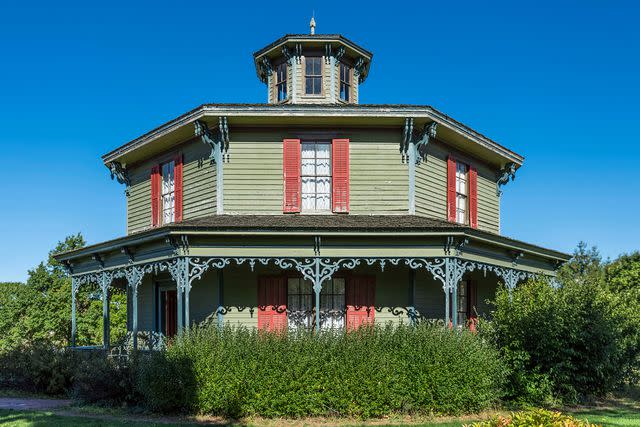
John Greim/LightRocket via Getty Images
Growing up in the Finger Lakes region, I looked forward to the annual grade school field trip to the Genesee Country Village & Museum (GCVM), where history came to life. Though it opened more than 50 years ago, this living museum has surprisingly remained unknown to many who live outside the area.
Three American villages are set on the museum’s 600 acres, where 68 homes and buildings were relocated from nearby towns. They include the Gas Light District (1860-1900), Center Village (1830-1870), and the Pioneer Settlement (1790-1820), the latter of which houses a farmstead, pottery shop, one-room schoolhouse, and working brewery. Special events are held here throughout the year, including a naturalization ceremony at the Landing House on July 4 and holiday programming highlighting the yuletide traditions of the cultures that settled in upstate New York in the 18th and 19th centuries.
New York’s Amish Trail
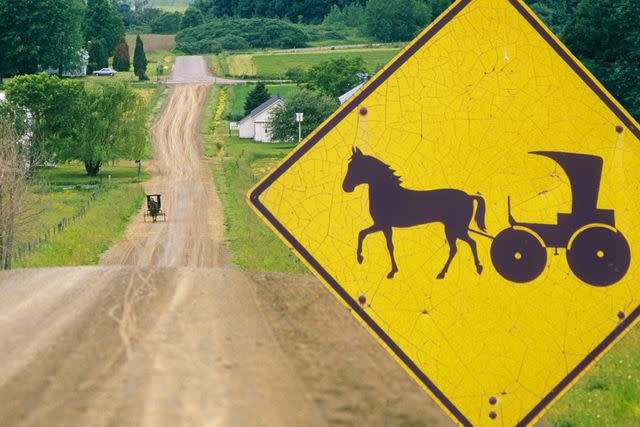
Buddy Mays/Getty Images
One thing born of my upstate childhood was a fascination with the Amish. While the largest swath of this community is found in Pennsylvania, there’s also a concentration of Old Order Amish in the southwest region of upstate New York. To learn about this culture, drive through the pastoral countryside of Cattaraugus County and the Chautauqua-Allegheny region, south of Buffalo, to find New York’s Amish Trail.
Hand-painted signs identify shops and small businesses where the public can purchase baked goods, jams, and handicrafts such as handmade quilts. (Shops are closed on Sundays and some on Wednesdays.) Also, while you may feel the desire to snap photos for social media, the Amish prefer not to be photographed.
Ganondagan State Historic Site
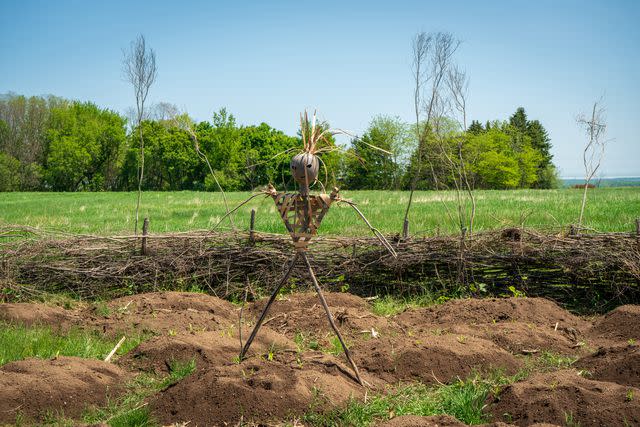
zrfphoto/Getty Images
Located in Victor, in Ontario County, the Ganondagan State Historic Site allows visitors to discover five centuries of native art, culture, and history, as well as learn about the Haudenosaunee (Iroquois) Confederacy and its message of peace. You can also tour a full-size Seneca Bark Longhouse that has been recreated based on Native American life here in the 1600s.
Rochester Public Market
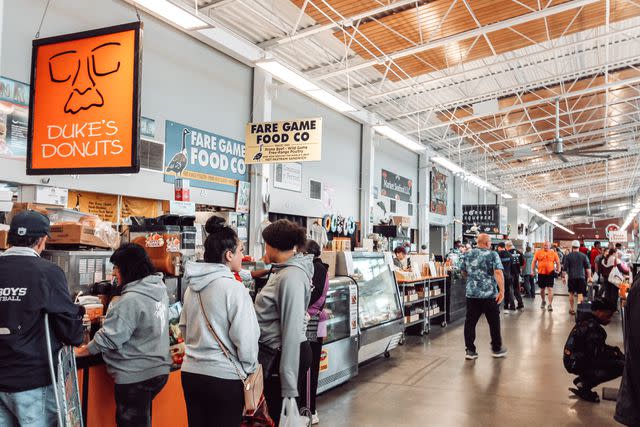
Visit Rochester
More than 300 vendors populate the stalls at the city-run Rochester Public Market, which has been open since 1905. Vendors offer locally sourced produce, as well as meat, seafood, eggs, dairy, and a variety of prepared foods from around the Finger Lakes region. The market is also home to coffee shops, breweries, and restaurants, including Velvet Belly, where chef Jeremy Nucelli prepares some of Rochester’s best sushi and Asian-influenced cuisine.
In late November, the market transforms into a holiday market, decorated with twinkling lights and selling freshly cut Christmas trees, wreaths, and artisanal crafts. There are also special events with music, shopping, horse-drawn carriages, and a Santa appearance.
Sonnenberg Gardens
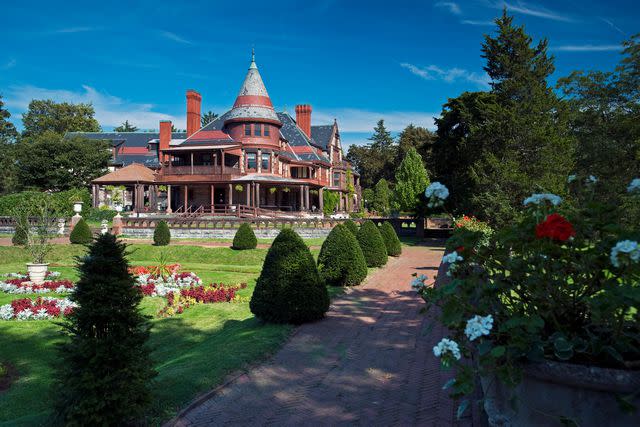
NYSDED-Photo by Darren McGee
Although it has been open since 1973, I didn’t discover this treasure until I attended a friend’s wedding at the stunning Sonnenberg Gardens & Mansion in Canandaigua. Once the summer home of a wealthy financier, this 52-acre estate is now a historic park and one of only two public gardens owned and run by the New York state park system.
The Sonnenberg estate features a late 19th-century Queen Anne-style mansion, a greenhouse complex, and nine historic themed gardens of the world. The first phase of a $1.1 million transformation has been completed, and the site will soon add a new cafe, visitor center, and educational space. The estate is open May through October.
Valcour Island
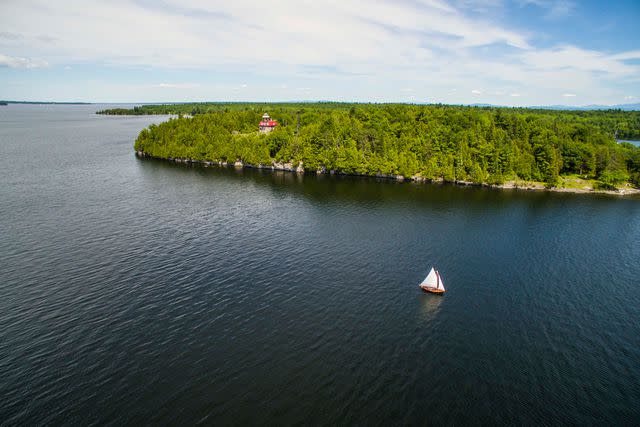
Bruce Carlin
Only accessible by boat, Valcour Island lures nature and history lovers with its recreational and camping opportunities, as well as its connection to the American Revolutionary War. Only a few miles long, it's one of six of the Lake Champlain islands near Plattsburgh, New York, and was the site of a crucial battle during the War of Independence.
There are 29 primitive campsites on Valcour island and seven miles of hiking trails, one of which will take you to the Bluff Point Lighthouse, built in 1874 and listed on the National Register of Historic Places. Visitors must coordinate their own boat to the island (from Peru, New York), as there are no ferries or public transport options.
Niagara Falls Underground Railroad Heritage Center
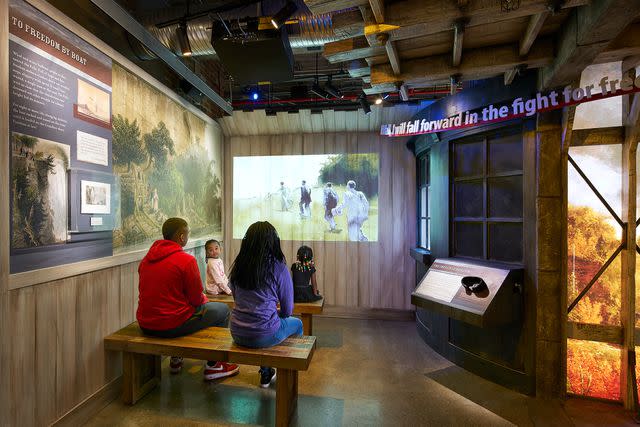
Courtesy of Niagara Falls USA
This small museum and heritage center sits along the banks of the Niagara River, the final barrier to freedom for slaves traveling north via the Underground Railroad. The museum’s permanent exhibit, "One More River to Cross," takes visitors on an immersive guided journey through the museum, telling personal stories of freedom seekers escaping the South before and during the Civil War. From the museum, located in the former 1863 U.S. Custom House, you can also cross the street to stand among the remnants of the Bridge to Freedom, where most slaves crossed into Canada.
Walkway Over the Hudson
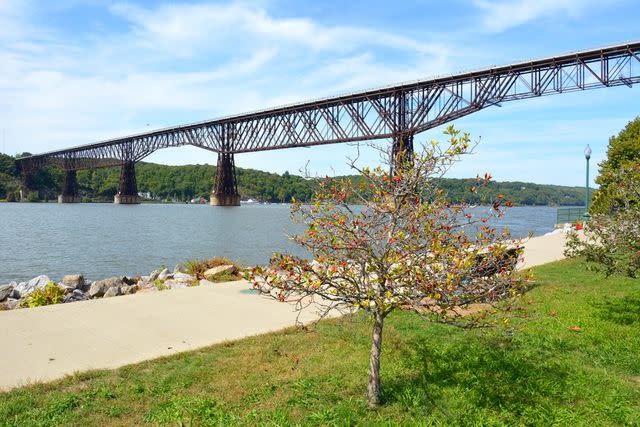
AlizadaStudios/Getty Images
Despite being popular with travelers to the Hudson Valley, I only recently discovered the Walkway Over the Hudson — the world’s longest elevated pedestrian bridge. As the name indicates, this 1.28-mile steel cantilever bridge spans the Hudson River and connects Poughkeepsie to the east and Highland to the west. While it once served as a railway bridge, it was reimagined as a pedestrian walkway in 2009 and is now a prime spot for running, walking, cycling, and spectacular leaf-peeping come autumn.
For more Travel & Leisure news, make sure to sign up for our newsletter!
Read the original article on Travel & Leisure.

